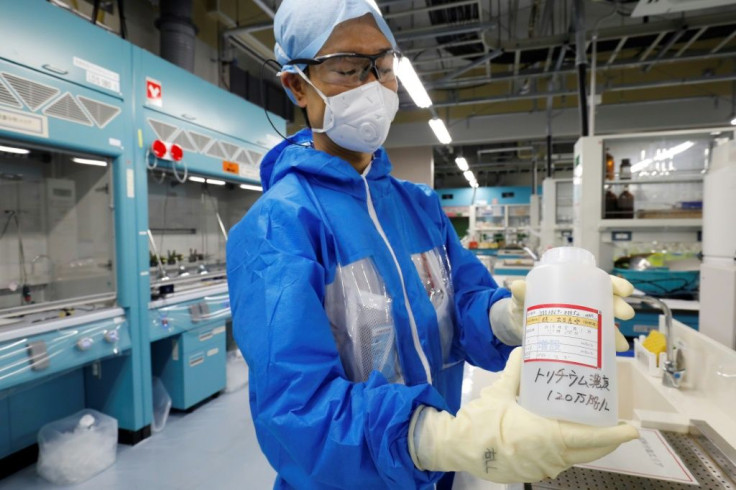Japan's Fukushima Power Plant To Discharge Contaminated Water Into Pacific Ocean
KEY POINTS
- Contaminated Fukushima water contains strontium-90, carbon-14 and other hazardous radionuclides
- Greenpeace argued that the Japanese government can safely store the contaminated water
- TEPCO argued the amount of chemicals in the water remains safe for people
The Japanese’ government’s plan to release water from the Fukushima Daiichi nuclear power plant into the Pacific Ocean could result in irreversible damage to human DNA. This is the warning detailed in the report “Stemming the tide 2020: The reality of the Fukushima radioactive water crisis” published by environmental organization Greenpeace.
In the report, the organization called out the Japanese government for its decision to discharge contaminated water that contains strontium-90, carbon-14, and other hazardous radionuclides. Greenpeace said the decision would not only result in serious and long-term damage to the environment and local communities. The damage could also spread internationally.
The Japanese government is allegedly planning to start the disposal in late 2022 or early 2023, Greenpeace noted. The dumping of the water from the Fukushima Daiichi nuclear power plant could continue until the mid-2050s.

A single tank could contain as much as 63.6 gigabecquerels of carbon-14, Saunie Burnie, author of the report and senior specialist with Greenpeace Germany said in a statement obtained by CNN.
"These, together with other radionuclides in the water will remain hazardous for thousands of years with the potential to cause genetic damage. It's one more reason why these plans have to be abandoned," Burnie said in the statement.
For the past years since Japan’s worst nuclear disaster, Fukushima nuclear plant operator Tokyo Electric Power Company (TEPCO) has managed to store tens of thousands of tons of the contaminated water. However, the storage space is now running out. The situation compelled the Japanese government to come up with the now contested disposal strategy.
Greenpeace argued that the government and TEPCO have the capacity to continuously store the contaminated water.
“This is logistically possible, and it will allow time for more efficient processing technology to be deployed as well as allowing the threat from radioactive tritium to diminish naturally,” Greenpeace said in the report.
“It is the only way to safeguard the human rights, health and environment of the people of Fukushima, the rest of Japan and the wider international community,” the organization maintained.
TEPCO, however, argued that the amount of chemicals in the contaminated water for disposal remains safe for human health.
"Even if the water is continuously drunk by 2 liters every day, the annual exposure is about 0.001 to 0.11 millisieverts, which is not a level that affects health,” Ryounosuke Takanori, a spokesperson for TEPCO told CNN.

© Copyright IBTimes 2025. All rights reserved.





















